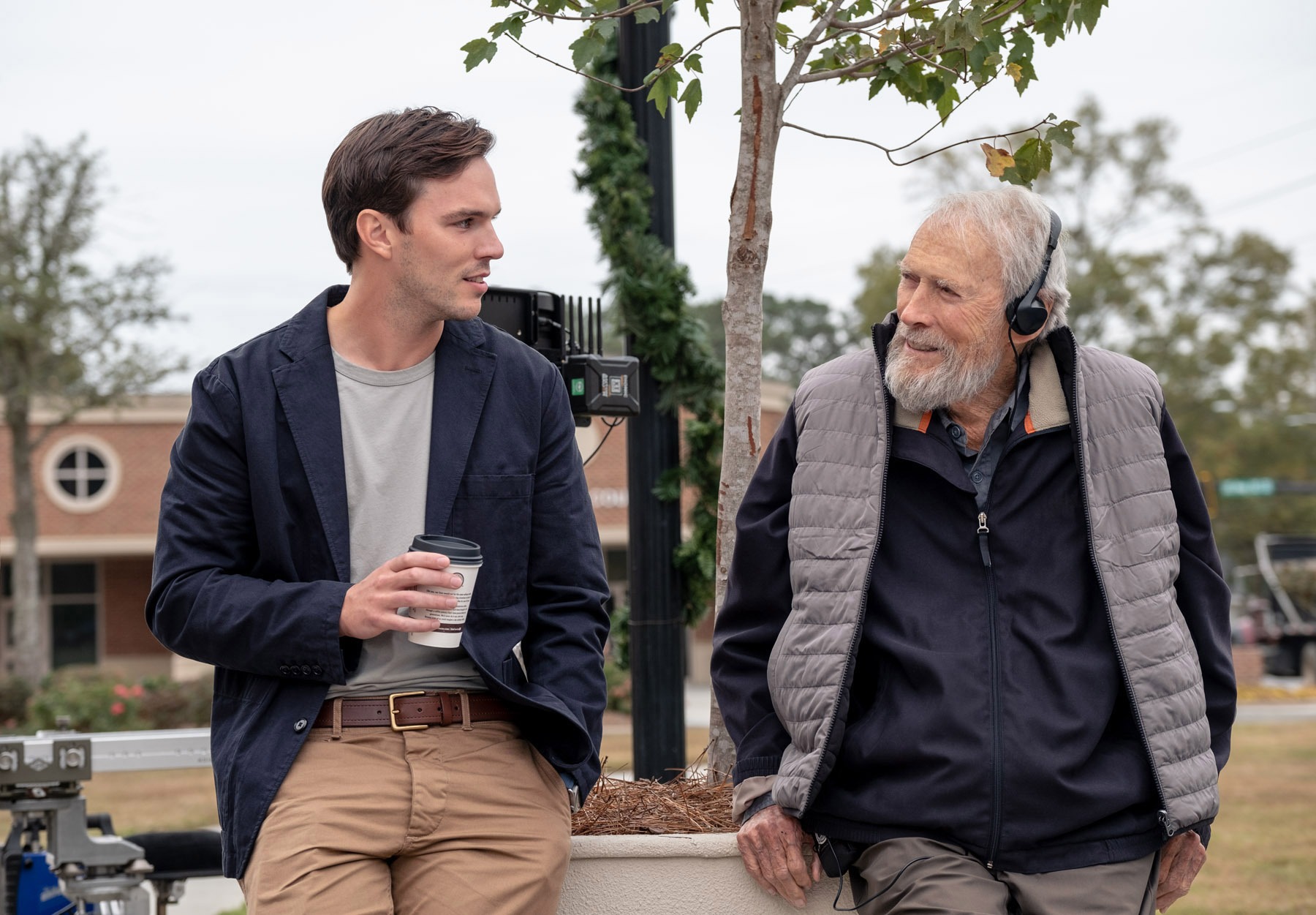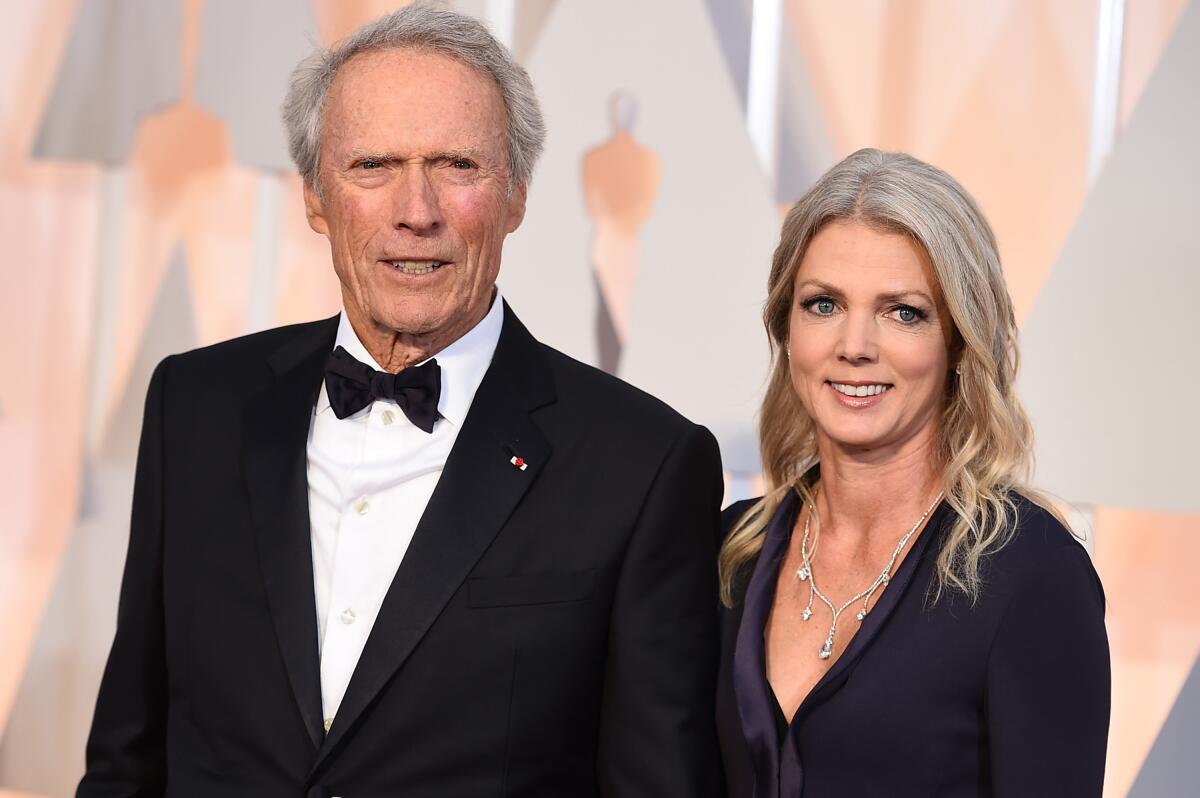Clint Eastwood, one of Hollywood’s most iconic and enduring figures, has built a legacy on the big screen, as a director, and even as a real estate mogul. With a career that spans over six decades, Eastwood has earned acclaim not only for his intense roles and nuanced direction but also for his impressive collection of properties, reflecting his unique style and appreciation for craftsmanship and history.
Early Life and Career Beginnings
Born on May 31, 1930, at San Francisco’s St. Francis Memorial Hospital, Clint Eastwood arrived weighing over 11 pounds—a size that prompted the hospital staff to call him “Samson.” His early years were spent in various California towns as his family moved around due to his father’s job changes. Eventually, they settled in Piedmont, California, where Eastwood’s family established themselves in a well-to-do neighborhood. His father worked as a manufacturing executive, while his mother later joined IBM.

Eastwood’s academic journey was rocky. He struggled with his grades, even repeating a year in middle school, and showed little interest in academia, preferring to spend his time outdoors. He worked a string of jobs in his youth, from lifeguard to grocery clerk, which instilled in him a strong work ethic. In 1951, Eastwood’s plans to attend Seattle University were interrupted when he was drafted into the U.S. Army during the Korean War. His military service, however, was largely stateside—he served as a lifeguard at Fort Ord in California.

Upon returning to civilian life, Eastwood gradually found his way into acting. His big break came with the TV series Rawhide, which set him on a path to stardom. This role paved the way for his iconic work in Sergio Leone’s “Dollars” trilogy (A Fistful of Dollars, For a Few Dollars More, and The Good, the Bad, and the Ugly), where his stoic character, “the Man with No Name,” became an instant classic.
Rise to Stardom and Cultural Impact
In the 1970s, Eastwood starred as “Dirty” Harry Callahan, an anti-hero cop with an edge, in a series of crime films that became cultural touchstones. These roles cemented his status as a symbol of rugged masculinity. His tough-guy image, combined with a talent for direction, helped him expand into filmmaking, leading to award-winning directorial work in films like Unforgiven (1992) and Million Dollar Baby (2004), both of which earned him Oscars for Best Director and Best Picture.
Eastwood’s Real Estate Ventures: A Legacy of Architectural Beauty
Eastwood’s success in Hollywood allowed him to pursue another passion: real estate. His property portfolio spans California and beyond, with each home reflecting a chapter of his life and a commitment to preserving architectural heritage.

His primary residence is in Carmel-by-the-Sea, California, a location that holds special significance. Eastwood was first enchanted by Carmel while stationed nearby during his Army service, recalling the “clean, brisk air” and the “hospitality” of the people. He eventually purchased a large parcel of land in the area, which became his retreat from Hollywood.
Iconic Properties in California and Beyond
-
Carmel-by-the-Sea Estate: In 2010, at age 80, Eastwood constructed a sprawling 15,940-square-foot compound in Carmel, spending around $20 million. The compound reflects Eastwood’s taste for privacy and nature, blending seamlessly into the serene landscape that surrounds it.
Bel-Air Spanish-Style Mansion: In Los Angeles, Eastwood owns a beautiful Spanish-style mansion in the upscale Bel-Air neighborhood. This 6,136-square-foot home showcases classic Spanish architecture with terracotta tiles, thick adobe walls, and intricate ironwork, offering a blend of rustic charm and elegance.
Pebble Beach Estate: Known as Hacienda Este Madera, this property sits on 4.7 acres in Monterey County and is valued at approximately $9.75 million. The estate, originally designed in the 1920s by San Francisco architect Clarence Tantau, has a classic Spanish farmhouse style. With six bedrooms, seven bathrooms, and a great room offering stunning ocean views, it has hosted artists, authors, and dignitaries from around the world.
Rising River Ranch: Near Cassel, California, Eastwood owns a 1,167.5-acre ranch known for its sweeping landscapes and rustic appeal. It’s a sanctuary of natural beauty, ideal for someone who appreciates the outdoors.
Sun Valley, Idaho Retreat: Eastwood’s Idaho property, a 5,700-square-foot home, serves as a cozy getaway with mountain views, adding to his array of serene residences outside of California.
Kauai, Hawaii Oceanfront Manor: Eastwood’s 1.13-acre Hawaiian estate was featured in the reality show Mrs. Eastwood & Company. This idyllic oceanfront property combines Eastwood’s love for coastal landscapes with an island atmosphere, making it a true paradise.
The Mission Ranch: Restoring a Piece of History
Eastwood’s commitment to preserving California’s architectural history is exemplified in his restoration of the Mission Ranch in Carmel. Initially a dilapidated property slated for demolition, the 22-acre Mission Ranch was saved by Eastwood in 1986, who invested $5 million to restore it to its former glory.

Situated near the Mission San Carlos Borromeo and overlooking wetlands where the Carmel River meets the ocean, the property now boasts a hotel, restaurant, and 31 luxurious guest rooms, all with stunning coastal views. The Mission Ranch exemplifies Eastwood’s belief in preserving heritage and providing a sense of timeless beauty.
The Tehama Golf Club: Eastwood’s Passion Project
Eastwood’s dedication to the Carmel area is also seen in his creation of the Tehama Golf Club. Built on a 2,000-acre property overlooking the Monterey Peninsula, Tehama (which means “abundance of nature”) offers members a unique 18-hole golf course surrounded by breathtaking views. With an 18,000-square-foot Spanish-style clubhouse, a bar, restaurant, ballroom, and suites, Tehama provides a refined, intimate experience. Eastwood has worked with his longtime art director, Henry Bumstead, to design the clubhouse, ensuring it reflects his rustic aesthetic.
The club operates on an invitation-only basis with only 300 members, though plots are available for those looking to build their dream homes. Eastwood’s vision for Tehama was not just to create a golf course but a community where members could connect with nature, enjoy golf, and appreciate the landscape.
A Lasting Legacy
At 94, Clint Eastwood’s enduring influence in Hollywood is matched by his contributions to real estate and preservation. His properties are a testament to his love for architecture and history, and each one reflects a part of his story. From restoring the Mission Ranch to building the Tehama Golf Club, Eastwood has left a legacy that goes beyond the silver screen. His properties serve as sanctuaries of beauty and reflection, a fitting tribute to a man who has always valued authenticity, both in his roles and in his real estate endeavors.






